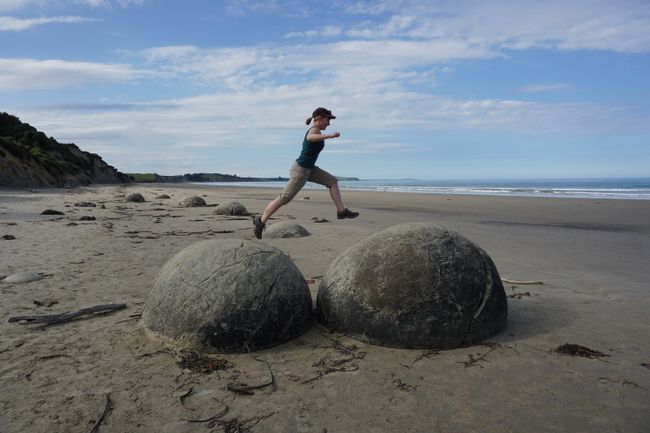8th January 2018: Karamea's well-kept natural wonders
Publicēts: 11.01.2018
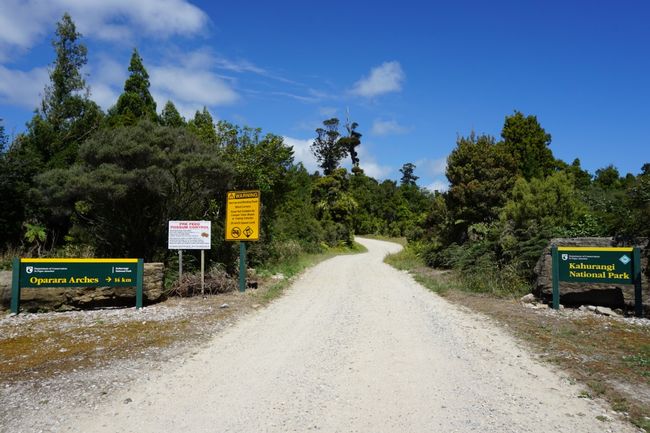
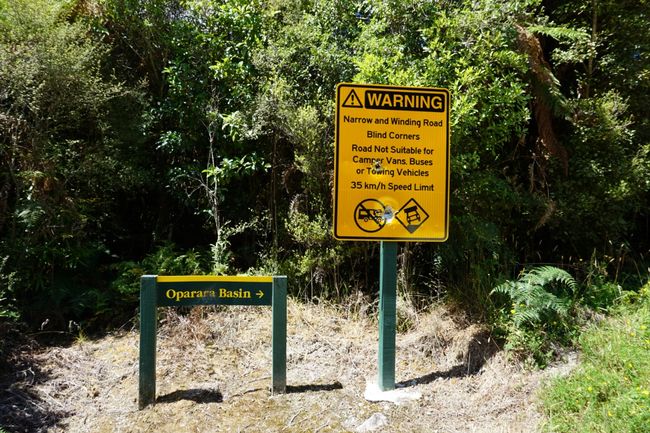
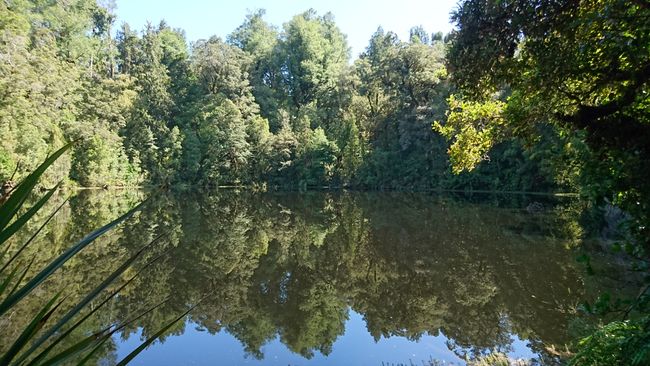
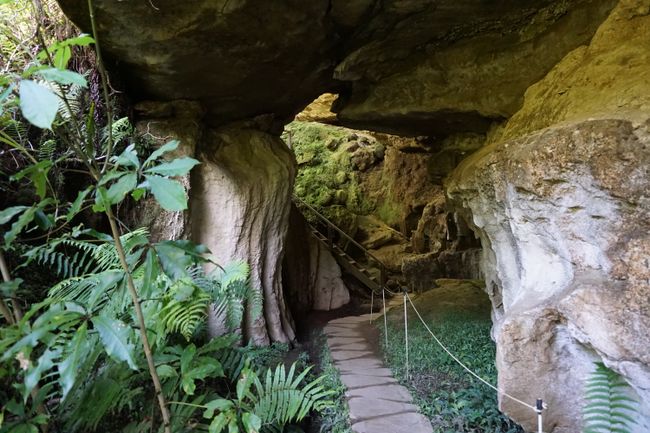
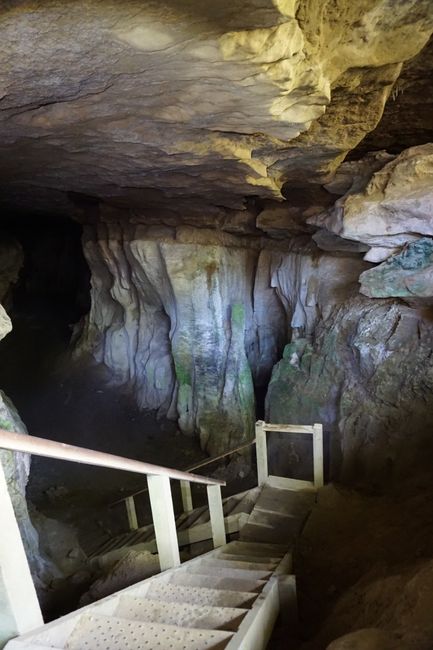
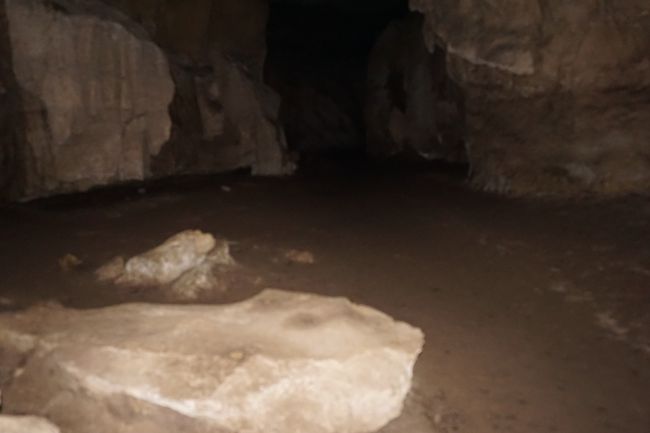
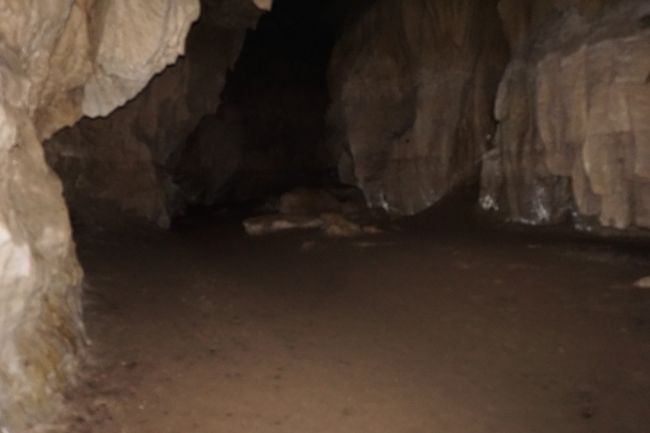
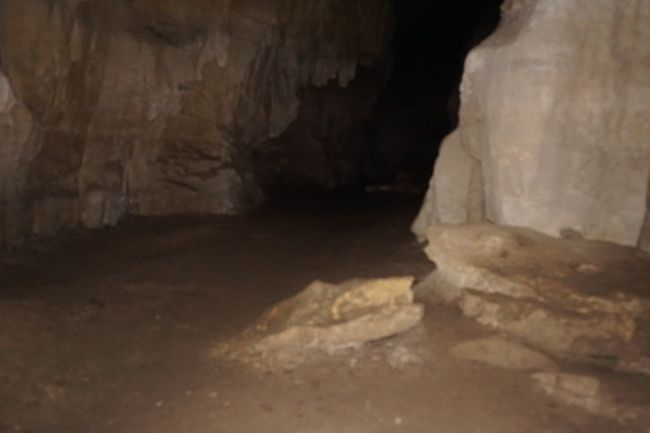
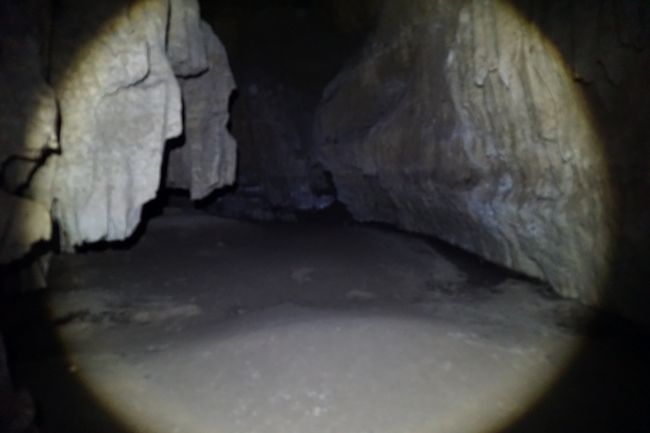
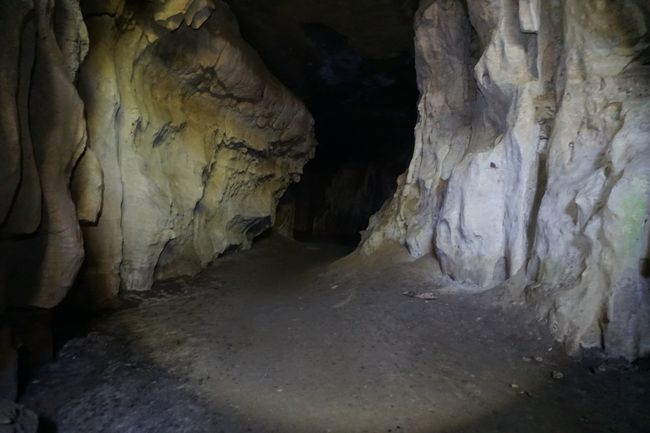
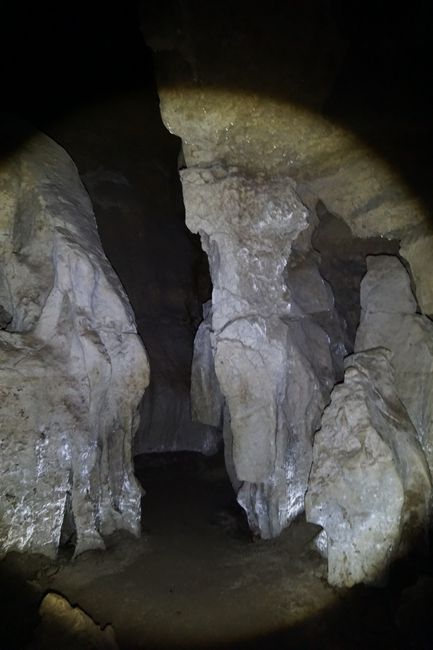
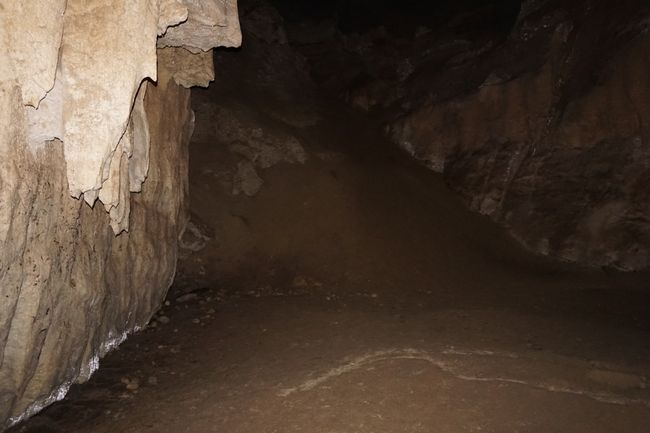
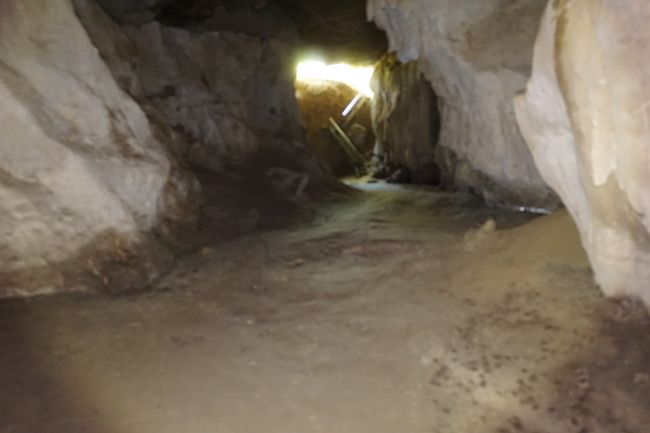
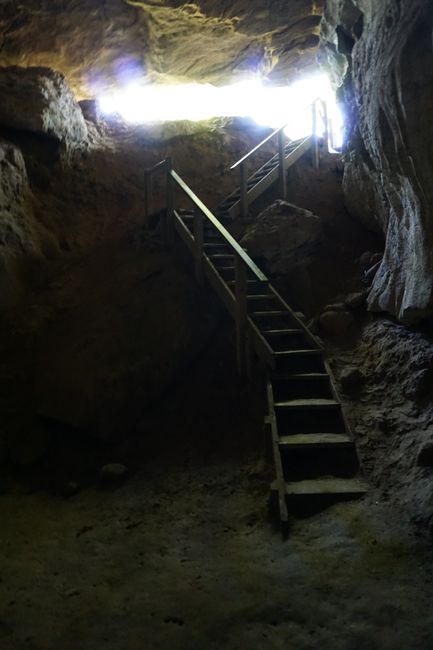
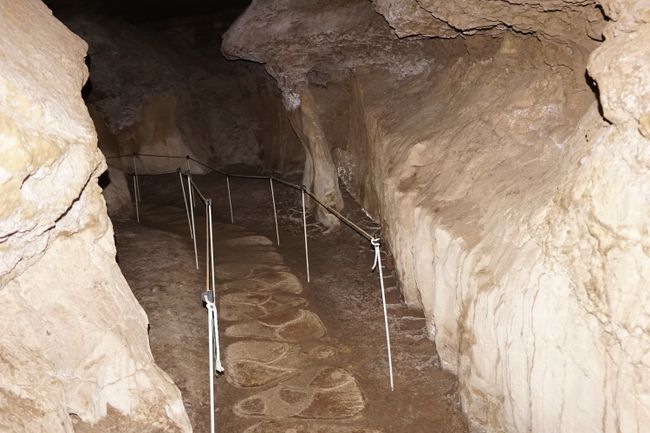
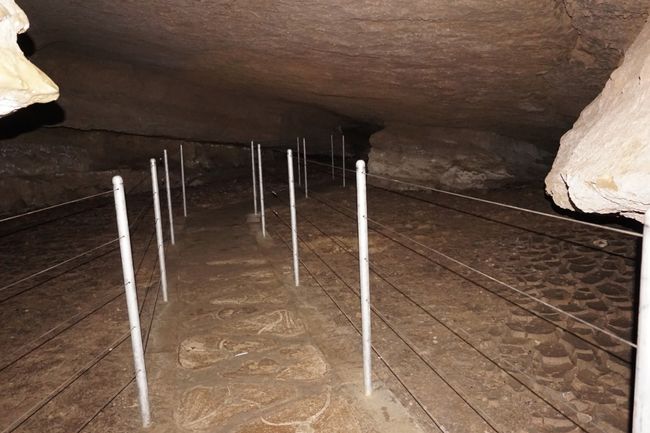
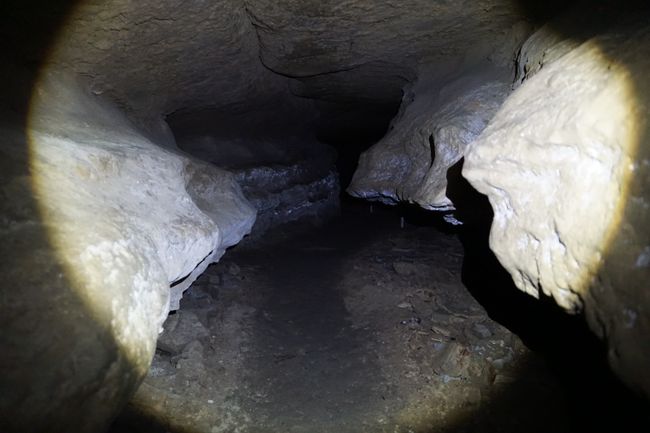
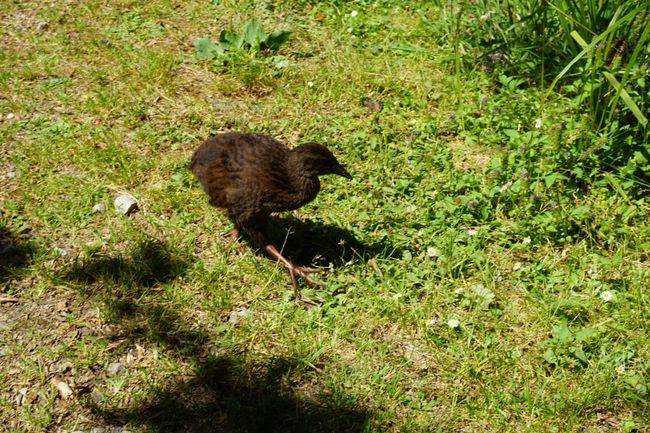
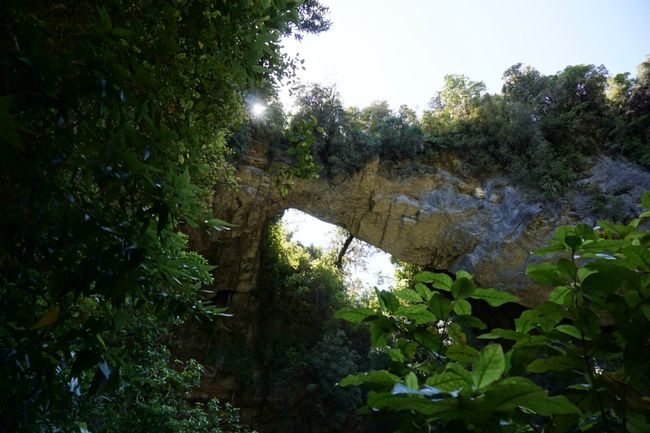
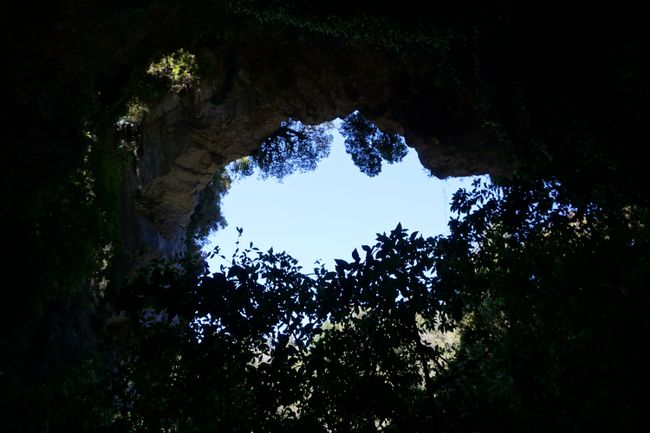
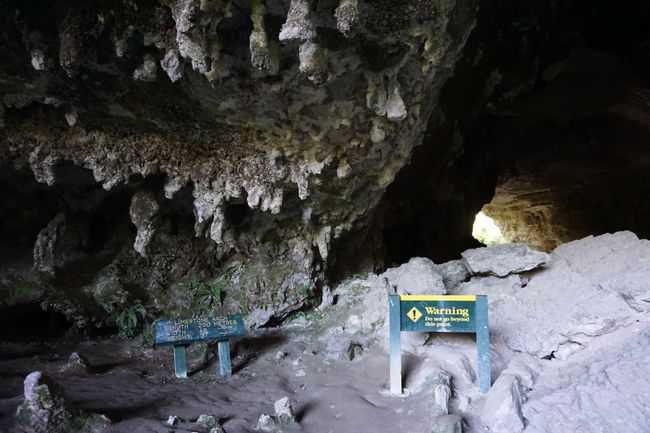
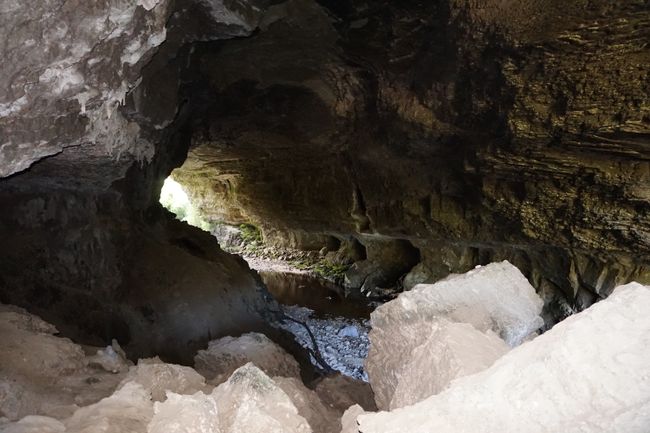
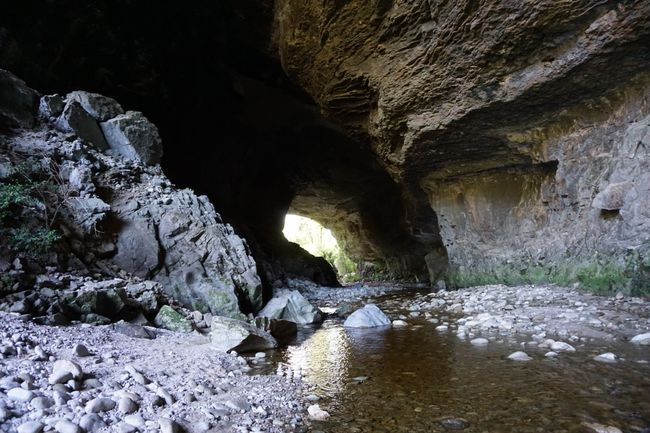
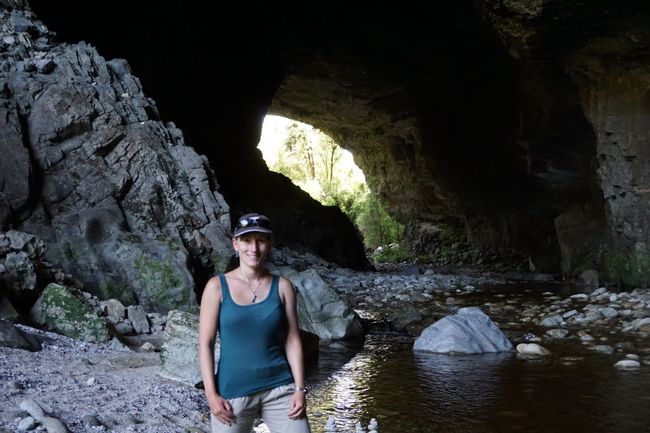
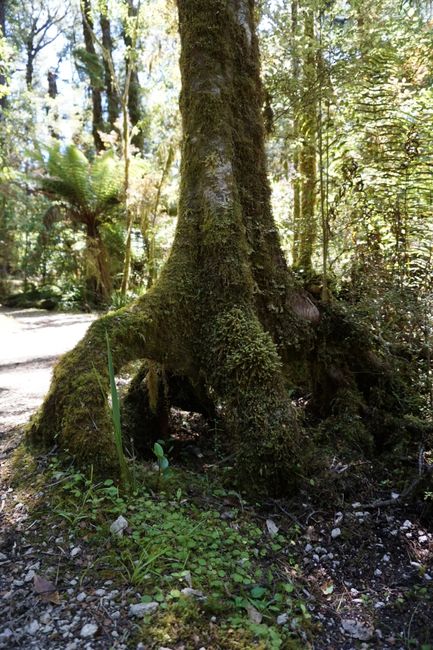
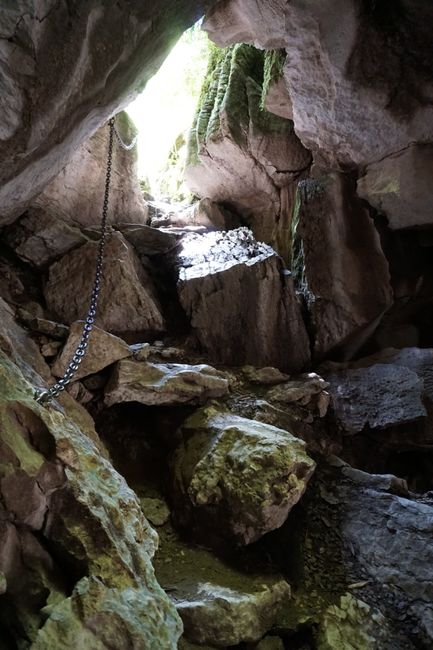
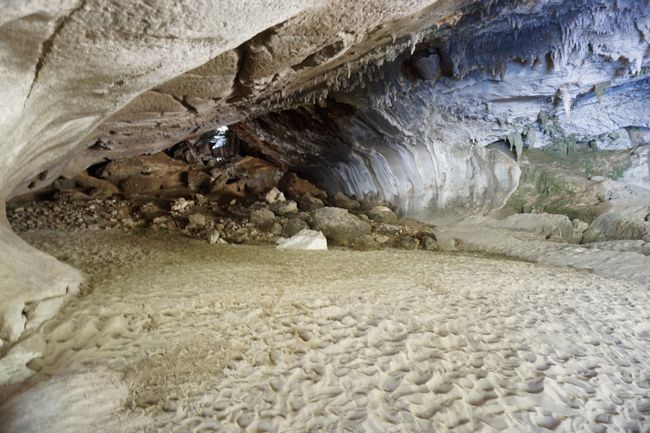
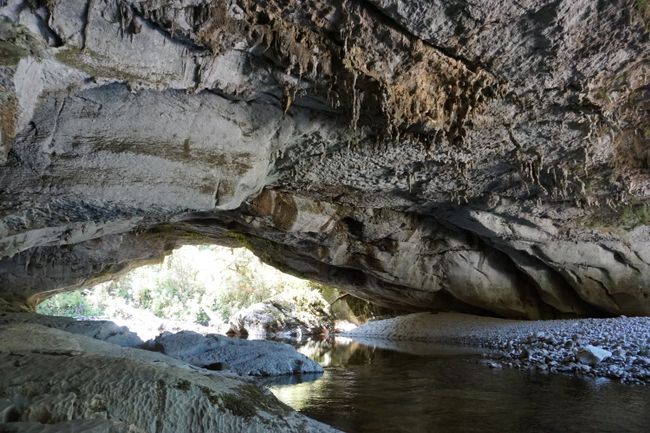
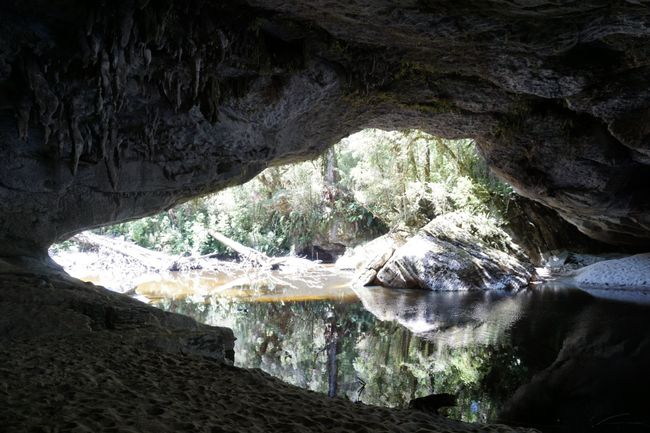
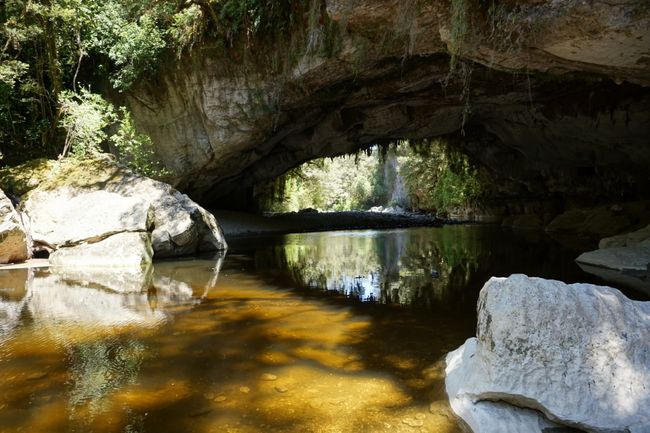
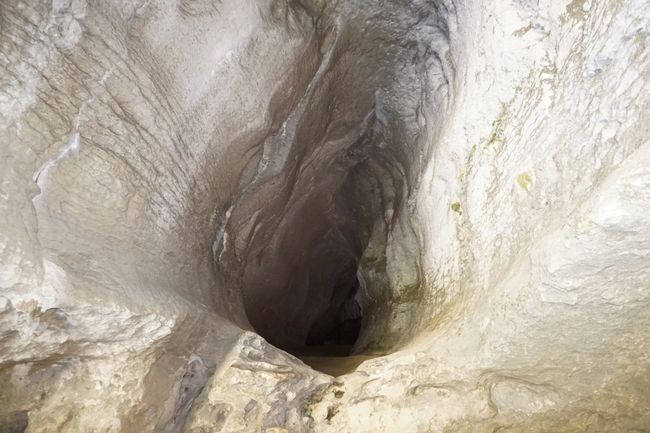
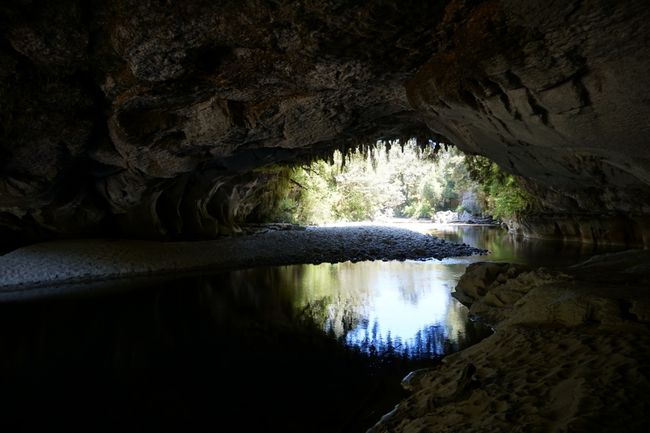
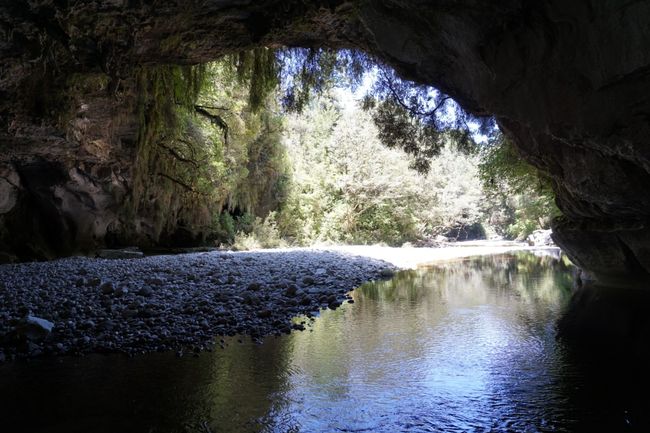
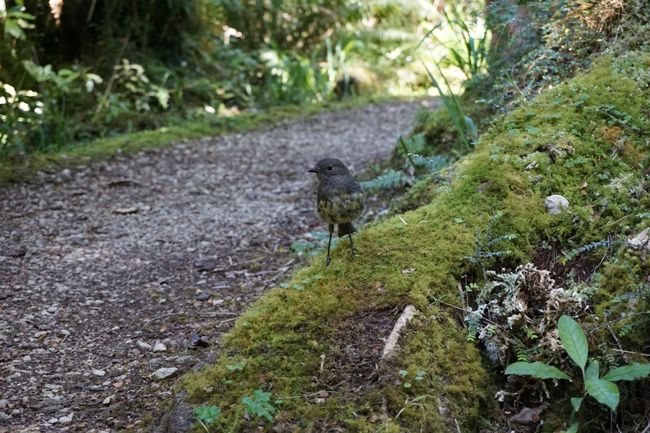
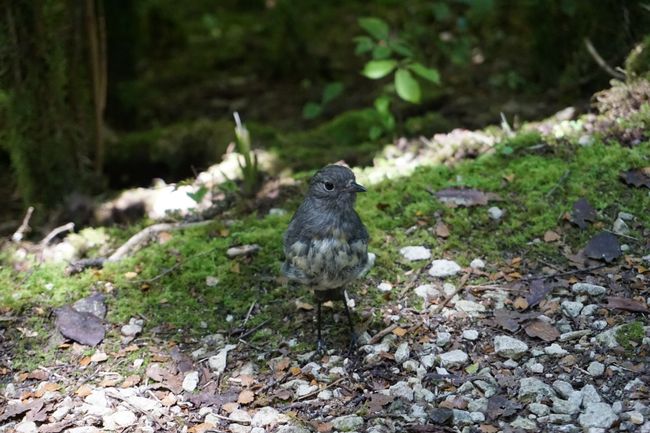
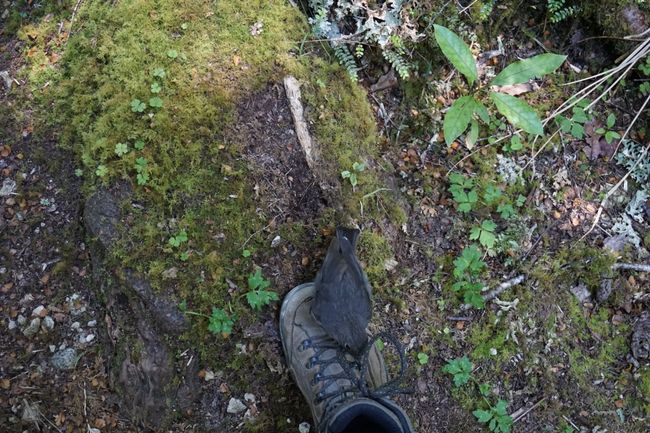
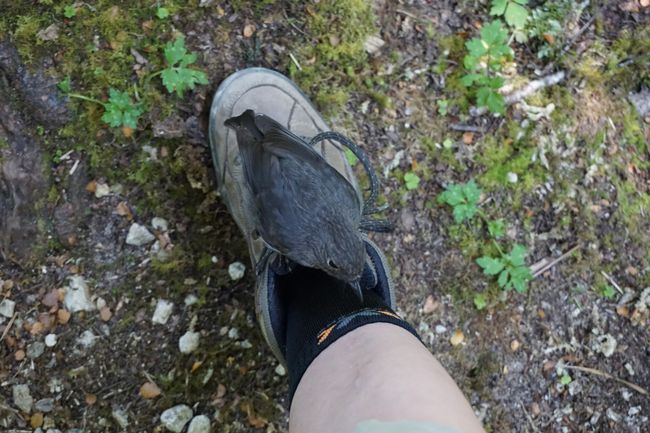
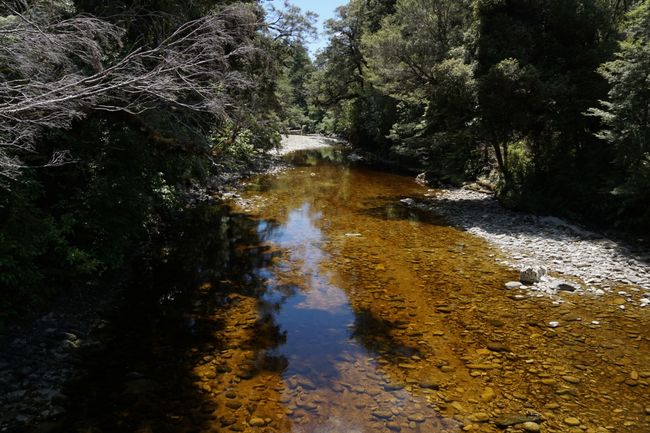
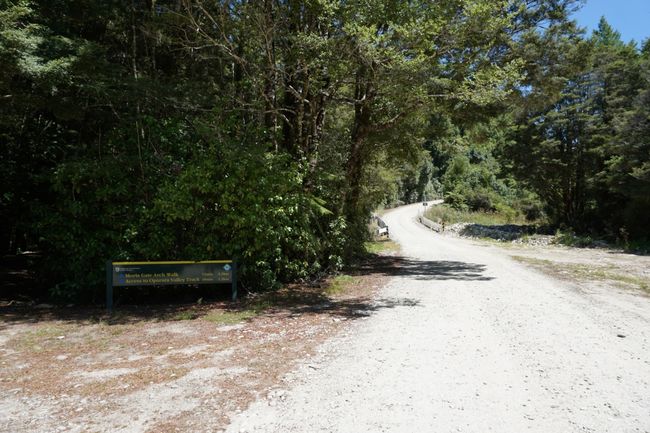
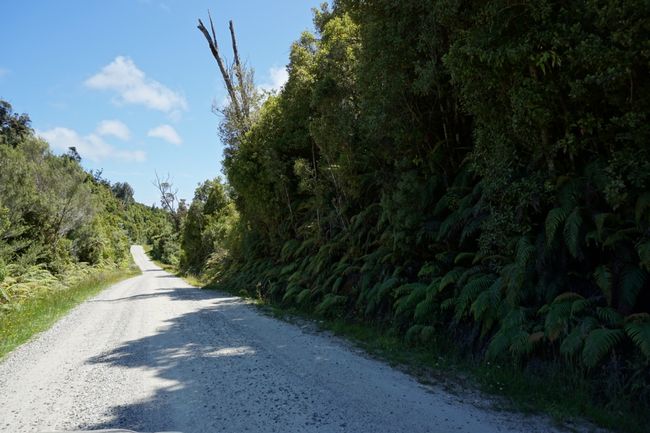
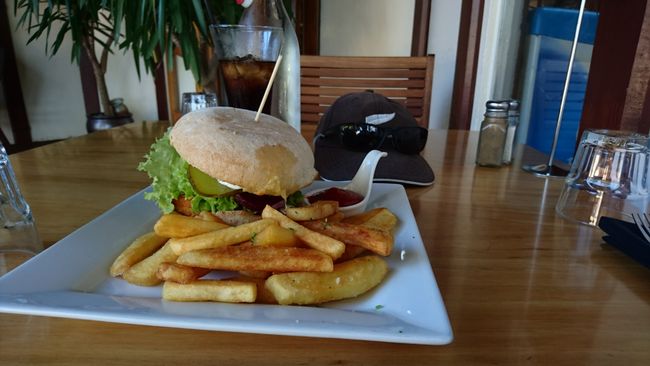
Abonējiet biļetenu
Several spectacular natural beauties of New Zealand are gathered around three closely situated parking lots in the middle of nowhere. However, one must be willing to challenge their vehicle a bit, as the 15 km long unpaved access road has seen better days. Gravel alone is not enough, it must also be narrow, tightly winding, and include some steep sections. How can they leave the only access road to Karamea's attractions in such a dilapidated state? Even campervans are discouraged from driving on it. Time and time again, I silently apologize as I vigorously drive the old Toyota up the bumpy road, getting hit twice (of course!) by a tennis ball-sized stone on the underbody. But after about 25 minutes, it's all over and the parking lot is already quite busy.
I decide to take a short walk to Mirror Tarn, a mirror-like lake, while the sun is shining and there is no wind. The trees reflect in the lake, but unfortunately, its shore is only accessible in a small area.
Then it's time for the two caves, whose parking lot is another 3 km away. You need a flashlight for both caves, as it is pitch black inside. The first cave only goes a few meters inside and is even equipped with a railing and a well-built path. I don't find the promised spiders and wetas when illuminating the walls, although I didn't search meticulously for them either.
The second cave is right next door. A staircase leads down into the pitch-black darkness. It goes much deeper and is so gigantic in its width and height that a flashlight is hardly sufficient for illumination (especially when the camera is in use). Unfortunately, I realize much later that most of the photos taken here have become blurry. I should have used a tripod. The silence weighs heavily on the individual visitor, so as soon as the end is reached, I walk quickly back to the exit, where the oppressive feeling immediately dissipates, luckily. The author of my guidebook was not very impressed by both caves, but I found them quite exciting.
At the parking lot, I have to keep a curious Weka rail at bay, which shows little impression of my half-hearted attempts to shoo it away and persistently tries to reach into my backpack. I know from another traveler that they are master thieves. They have stolen not only food but also personal belongings from his friends' tent and dragged them into the undergrowth.
The next stop on my list is the Oparara Arch. On the way, I take a short lunch break on the riverbank and devour my meager meal. For some reason, I thought that a medium-sized sweet potato and half a broccoli would make two meals. Well, thanks to a banana and a chocolate bar, I still managed to satisfy my hunger.
The Oparara Arch, with a length of 219 m, a width of up to 79 m, and a height of 43 m, is of remarkable stature and the largest in the southern hemisphere. Stalactites line part of the cave's ceiling, and during rain, a waterfall is said to pour inside.
The Moria Gate Arch, located in the opposite direction from the parking lot, is significantly smaller than the Oparara Arch, with a height of 8 m, a length of 46 m, and a width of 28 m, but no less spectacular. With its countless stalactites and mysterious atmosphere, I spend more time here than at the Oparara Arch. There is even a cave that leads into the rock massif and offers nice spots for a picnic on the riverbank.
On the way back to the car, I pass a couple who are being entertained by a little robin that pecks at the man's shoelaces. Robins are known for their insatiable curiosity. If you scrape the ground with your shoe, they usually hop over to see what you have been looking for or burying.
When the couple goes on their way, the bird turns his attention to me. First, he tries to land on my knee, but fails. Then, he hops onto my shoe and gently pecks at my shin. After the fourth time, it would have been nice if he had changed his spot, but I let him continue and film the whole thing instead. I could have happily spent more time with the adorable little creature, but eventually, I decide to continue walking. In retrospect, I thought that maybe he would have fluttered onto my hand if I had held it out to him, but as you know, good ideas only come afterwards.
Just when you think you've seen the highlights of the Oparara Basin, a little robin comes along and brightens your day.
On the way back, I'm a little more relaxed because now I know the condition of the road and can roll down the mountains slowly. In the end, the Toyota is covered in dirt but has to wait for the next rain shower to be cleaned. A young man is waiting at the main road for a ride. Through the open passenger window, he indicates that he wants to go to Karamea. However, he doesn't even wait for my response as to whether I'm willing to take him along, but simply gets in, which is definitely cheeky, and if it hadn't been for just 10 km, I would have thrown him out with a vengeance. But for such a short distance, one can show mercy.
It's a shame that the beaches in the region are not safe for swimming; otherwise, I would probably have been tempted to take my first dip in the sea. Instead, I drop the guy off in Karamea, drive to my accommodation, and sit in the sun there.
Since I don't feel like anything from my supplies in the evening, I treat myself to a meal at the adjacent tavern. I actually feel like having spare ribs, but unfortunately, they are not offered. So, after careful study of the menu, I end up having a burger with fries.
Abonējiet biļetenu
Atbilde

Ceļojumu pārskati Jaunzēlande

